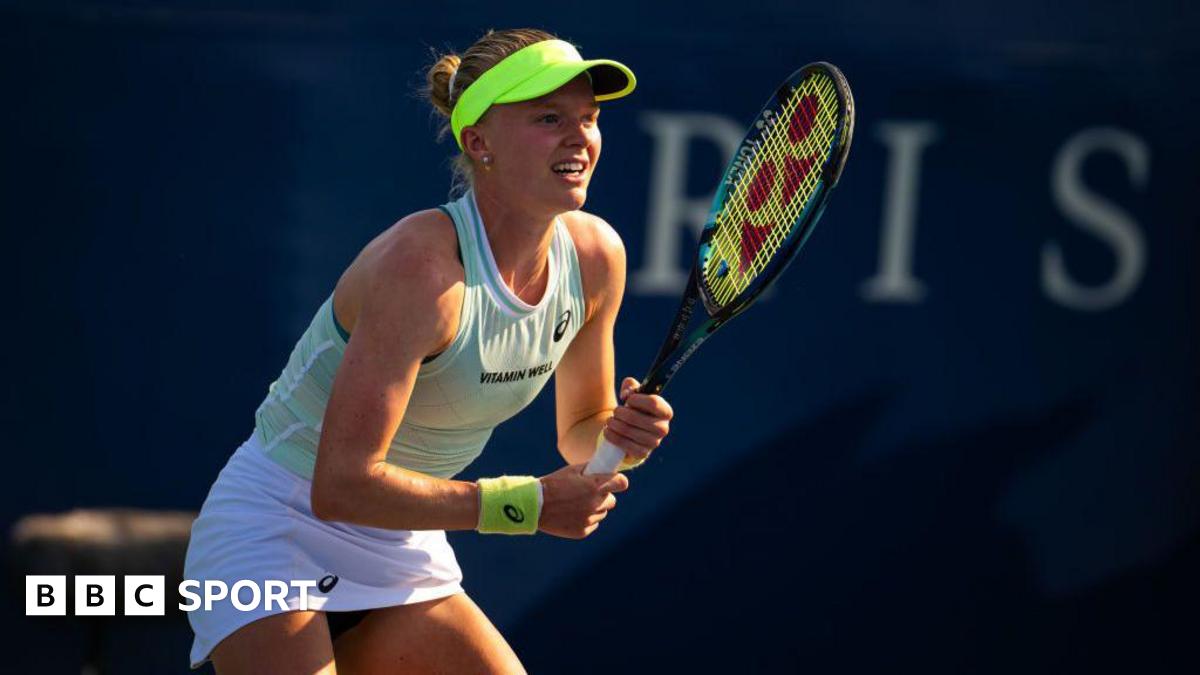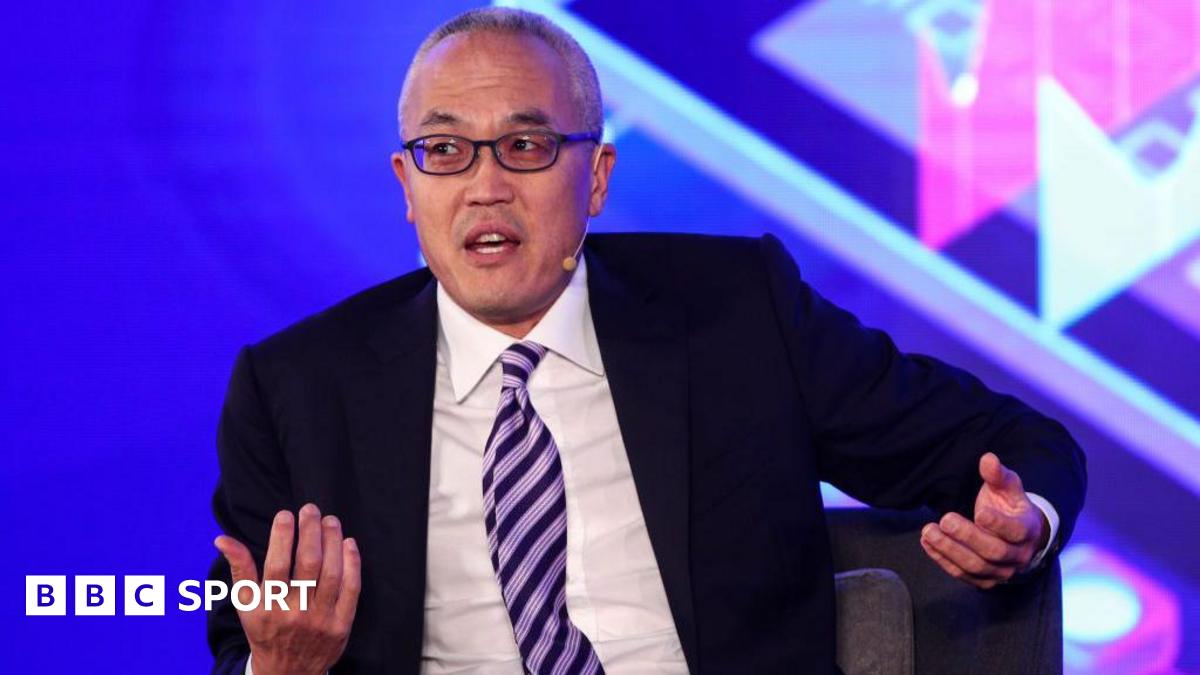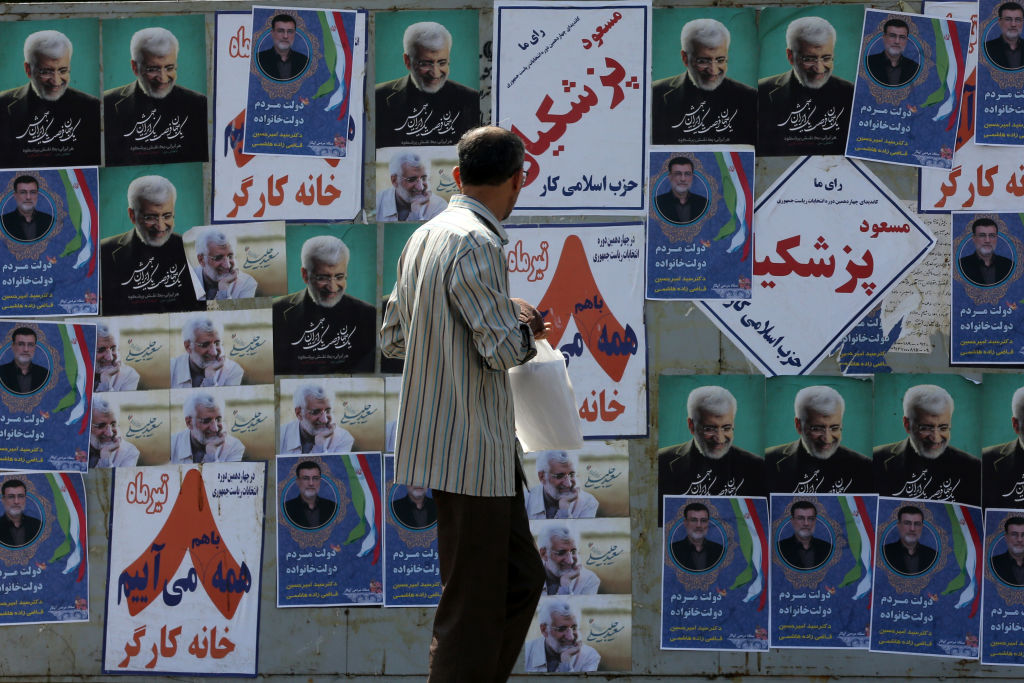West Ham have sacked Julen Lopetegui after just 20 Premier League matches in charge. We look back over his short time at London Stadium to see why it didn’t work out.
Hindsight is 20/20, but Julen Lopetegui’s premature departure as West Ham manager perhaps shouldn’t be seen as especially surprising considering the context of his initial appointment.
The Basque coach wasn’t a popular choice to replace David Moyes in the summer.
Although sympathy for Moyes was rife, particularly given he led them to their first major European title since 1965 in the 2022-23 UEFA Conference League, there was undeniably a sense that many fans felt the time was right for a change.
Moyes had arguably underachieved towards the end, and there was frustration with a brand of football largely deemed unimaginative. Much of the fanbase wanted a new manager who’d bring vibrant, attacking football to the London Stadium.
What they got was a coach who’d never been associated with such ideals. And in fairness to Hammers fans, many were vocal in their displeasure from the very start as they borrowed the ‘Nopetegui’ slogan that AC Milan supporters coined when successfully steering their club away from the former Sevilla, Real Madrid and Spain coach a few weeks earlier (the Rossoneri instead hired Paulo Fonseca, whom they sacked on 30 December).
Lopetegui had built a reputation as a coach who’d bring possession football and defensive solidity, which were the two defining features of his team during his longest – and most successful – spell in club football, at Sevilla.
But that team would rarely be described as entertaining, and they certainly weren’t known for their attacking prowess. They were good at keeping the ball, playing out from the back, and using the flanks to pump crosses into the box towards a striker whose best attribute would be their aerial ability, whether that was Youssef En-Nesyri, Luuk de Jong or Rafa Mír.
Suggesting Lopetegui was destined to fail at West Ham is probably a little strong because fans would likely have learned to accept his football if it was effective and results were positive. But neither proved to be the case, and he paid the price on Wednesday as West Ham sacked him with the team 14th in the table, the Opta supercomputer considering that to be their likeliest final position.

Lopetegui had been mostly vague about his intended style of play while at West Ham, previously talking about trying to “attack well, to defend well” and wanting the team to understand the importance of transitions, with and without the ball.
But possession control has been a key factor for Lopetegui for much of his coaching career, and so that seems a logical place to start when assessing his time at West Ham.
In 2024-25, West Ham have seen more of the ball than they did in Moyes’ last season (40.5%) on average, but their 46.6% share under Lopetegui was hardly indicative of a team that looks to dictate the tempo of a match. At least, not one that does a good job of it.
Their 173 passing sequences of at least 10 passes is the sixth fewest in the Premier League this term, down two places from last season. Their per-game average in this metric is up slightly from 7.6 to 8.9, and they were seemingly stringing those passes together in more threatening areas, as 22.6% under Lopetegui led to a shot or touch in the opposition’s box compared to 15.4% in 2023-24. However, none led to a goal; they’re one of just five teams in the league in 2024-25 yet to score from a sequence of at least 10 passes.
Even the team with the second-lowest possession share in the league – Everton (39.5%) – had more of the ball (51%) than West Ham in their November 0-0 draw at the London Stadium, with Sean Dyche’s men also recording 18 shots to the Hammers’ 11.

But it is ‘zones of control’ that probably best illustrates how Lopetegui failed to transform West Ham into a possession-dominant team comfortable with control, with the graphic below highlighting how they only recorded 55% or more of the ball in the two central defensive zones.

Whether Lopetegui would have succeeded in making West Ham an efficient possession team with more time, we’ll never know.
The other facet Lopetegui was widely championed for prior to joining West Ham was defensive solidity. However, it’s impossible to look at their start to the season and conclude that he made them sound at the back.
Their shots faced per game did decrease ever so slightly from 17.2 last season to 16.6, but that’s not exactly transformational, especially when you consider that Moyes’ side conceded 13.3 attempts per game during the first three and a half years of his second spell.
Again, that resulted in a slight change with respect to expected goals against (xGA) per game, dropping from 1.9 in Moyes’ final season to 1.8 in 2024-25. But that still means they’ve been conceding plenty of high-value opportunities, and it’s also considerably higher than the 1.4 xGA West Ham averaged across the rest of Moyes’ second reign.
That 1.8 xGA per game adds up to 36.5 for the season to date, and only Southampton (47.2), Ipswich Town (41.7) and Leicester (40.0) have poorer records than that. They’ve actually conceded more goals (39) than they have xG, suggesting a degree of misfortune, but they were hardly watertight.

They were particularly susceptible in the air, conceding the second-most headed shots (59) in the Premier League this term, which hardly disproves accusations of them being soft at the centre of defence despite vast investment there on Jean-Clair Todibo and Max Kilman in the summer. Similarly, their opponents have had 649 touches in the West Ham box, which is the fourth most in the division.
Attacking transitions would be one area where Lopetegui’s West Ham did show some efficiency, with their 107 shots in transition (attempts registered while the opposition is transitioning to defence) the third most of all Premier League teams this term.
But, clearly, Lopetegui’s aforementioned desire for West Ham to be alert to transitions both with and without the ball wasn’t established, as the Hammers were routinely caught out going the other way.
They were easy to play through, as supported by the fact their 118 shots faced in transition is also the third most in the competition, while no team has conceded more shots (31) or goals (5) from fast breaks (quick counter-attacks starting from own half with the opposition’s defence at least partly unsorted).

Perhaps West Ham’s failings would’ve been overlooked had they been highly effective in attack, but that just wasn’t the case either.
Their average of 1.5 xG per game under Lopetegui was higher than the 1.4 recorded last season, which also happens to be the average across Moyes’ second spell, but that’s still only high enough for them to rank 10th.
To make matters worse, West Ham have been poor at making the most of the chances they do create, their 8.2% conversion rate being the fourth worst in the league, as is their 5.1 underperformance in relation to xG.

That “underperformance” obviously doesn’t take into account the quality at Lopetegui’s disposal, either. In Jarrod Bowen, Mohammed Kudus, Crysencio Summerville, Lucas Paquetá and others, the coach couldn’t claim to be short of talented offensive players, and yet clear-cut opportunities weren’t easy to come by.
Their 42 Opta-defined “big chances” are only better than that of five Premier League clubs in 2024-25, and even when they did create openings, their poor conversion rate came into play. The 3-1 defeat at Leicester last month is the case in point, as West Ham had 31 shots – their most on record (since 2005-06) in the top flight – and recorded 3.1 xG but still managed to lose comprehensively, their solitary goal not coming until stoppage time when they were 3-0 down.

Despite the optics of losing such a game that on another day they may have won, West Ham’s season isn’t a tale of misfortune. We can analyse expected points in conjunction with actual points to get an idea of which teams are overperforming or underperforming.
Our expected points model simulates the number of goals scored by each side in every match based on the expected goals (xG) value of all shots taken. It then uses the simulated number of goals to determine the match outcome (win/draw/loss). Every match is then simulated 10,000 times, allowing the expected points for each team to be calculated based on the proportion of simulations they win/draw/lose.
This isn’t an exact science, of course, as expected goals data doesn’t account for several factors, such as game state and dangerous periods of possession that don’t lead to shots. But it’s still a decent barometer of how teams have performed through the first 20 matchdays (19 matchdays in the cases of Everton and Liverpool).
According to the expected points table, the Hammers only ought to be one place lower than their position in 14th, so it’s not like they – or Lopetegui – can feel massively hard done by.
 Jonny Whitmore / Senior Data Editor
Jonny Whitmore / Senior Data EditorBut is a few months really enough time to successfully implement an entirely new system for a squad that also saw a reasonable amount of change in the summer? Lopetegui will presumably argue it isn’t.
However, time is rarely afforded in modern football, especially when a huge amount of money has been spent in the name of progress and ambition. Results are demanded and, here, they haven’t been forthcoming.
The fact is, Lopetegui was a curious hire in the first place given the expectations among supporters, though it’s also difficult to argue he hasn’t underachieved during his brief stay in east London.
This was a period to forget for everyone involved.
Enjoy this? Subscribe to our football newsletter to receive exclusive weekly content. You can also follow our social accounts over on X, Instagram, TikTok and Facebook.










